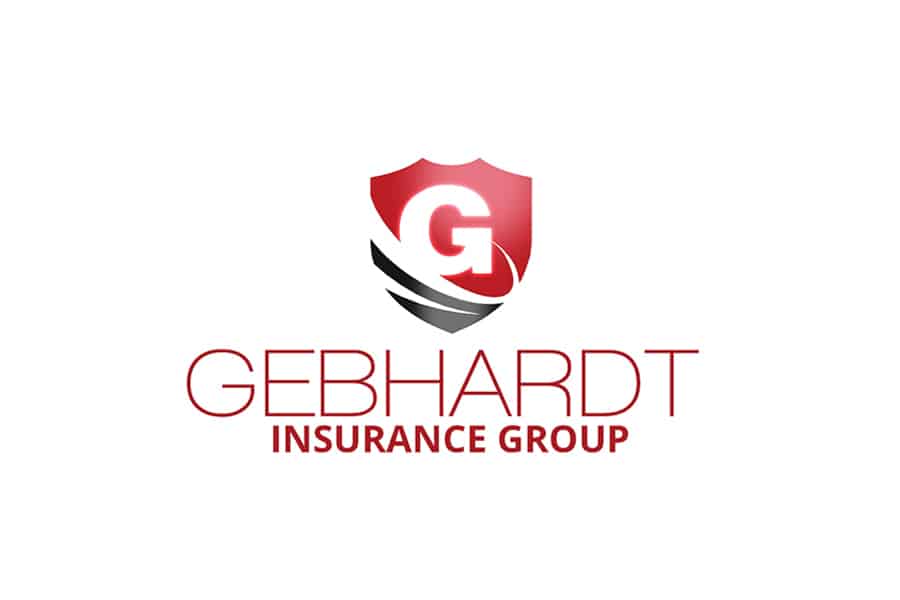Blog
Guest Post: Seniors Can Keep Their Health and Finances Robust
As seniors approach and begin retirement, it’s a great time to take stock of your financial situation. Managing your money […]
Recent
Why Casa Grande and Maricopa Drivers Are Paying More for Car Insurance—And How Gebhardt Insurance Group Can Help Lower Your Premium
As your hometown insurance agency serving Casa Grande and...
June 12, 2025Navigating Arizona Car Insurance: How to Choose the Right Coverage
When purchasing car insurance in Arizona, drivers have se...
May 22, 2025Life Insurance
 Business Insurance, Home Insurance, Life Insurance
Business Insurance, Home Insurance, Life InsuranceTop 5 Reasons Casa Grande Residents Need Customized Insurance Coverage
December 16, 2024Recent
Why Casa Grande and Maricopa Drivers Are Paying More for Car Insurance—And How Gebhardt Insurance Group Can Help Lower Your Premium
As your hometown insurance agency serving Casa Grande and...
June 12, 2025Navigating Arizona Car Insurance: How to Choose the Right Coverage
When purchasing car insurance in Arizona, drivers have se...
May 22, 2025 Insurance, Auto Insurance, Home Insurance, Life Insurance
Insurance, Auto Insurance, Home Insurance, Life InsuranceState Farm vs Progressive Insurance
April 27, 2023Stay in touch with us
And get a free quote!
 Business Insurance, Auto Insurance, Home Insurance, Insurance, Liability Insurance, Life Insurance
Business Insurance, Auto Insurance, Home Insurance, Insurance, Liability Insurance, Life Insurance





















